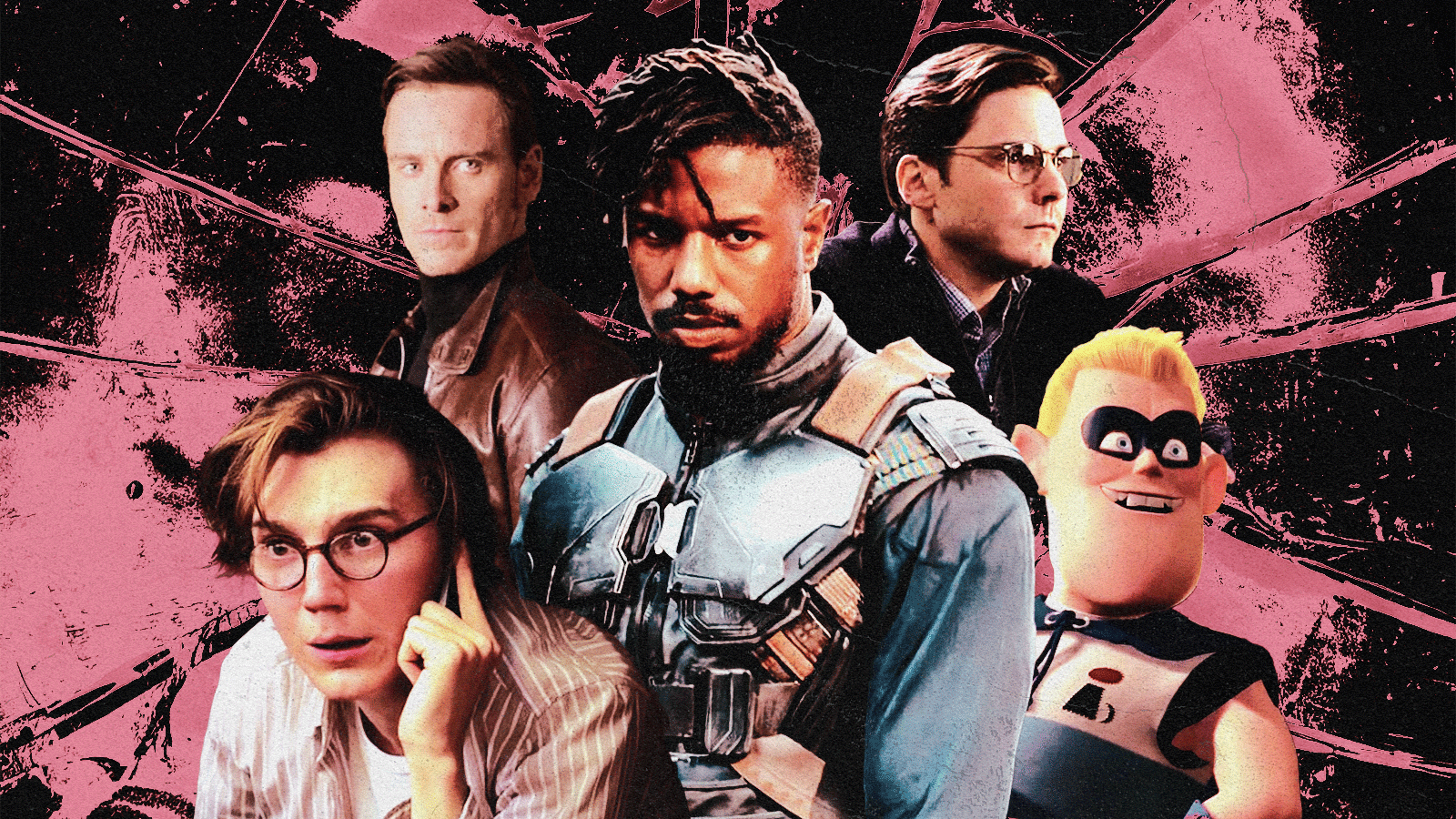Do we agree with their methods? No. But did they speak facts? Yes. These movie villains were actually right if you think about it.
Related: Baddies On Baddies: Why We Love A Complex Female Villain
Ever since the invention of the moving picture, the concept of the hero and the villain has taken center stage on our screens. While a story isn’t required to have an inherent villain or antagonist, most do, as the protagonist goes up against their foe to achieve their goal. The bad guy is often seen as that, the evildoer bent on doing bad just for the sake of it. But just like real life, there have been movies that have shown that the line between bad and good isn’t always black and white.
There exists a gray area where the villainy stems from an understandable, even relatable, source. Their plans expose hard truths that anyone can learn from. After all, the more muddled the line between good and bad is, the better the story. Not every big screen baddie is evil just because, as these following characters prove.
SYNDROME IN THE INCREDIBLES
Pixar’s The Incredibles revolves around the world protected by costumed superheroes. Their valor inspired many, such as Buddy Pine, aka Syndrome. At first, he was a fan of Mr. Incredible but was pushed aside because he had no powers. When he grew up, he turned to villainy and hatched a plan to kill all the supers with his inventions. While his means of revenge was wrong, his reasoning did speak to how unchecked power from a select few can lead to hubris and unwanted damage to innocent lives.
MALEFICENT IN MALEFICENT
While the original animated classic depicted Maleficent as mainly an evil sorceress, the 2014 live-action reimagining gave her a more nuanced background. It turns out that she was a fairy who fell in love with a human. But one day, she is wronged when the human steals her wings, causing her hatred for humans to go through the roof. Maleficent was never a villain, only driven to be one when humans stole something so valuable to her.
MAGNETO IN X-MEN
You could say Professor X and Magneto are two sides of the same coin. Both want what’s best for their fellow mutants, but diverge on how to achieve it. Through Magento’s eyes, the humans just want to eradicate all mutants, not live alongside them. As someone who has experienced the Holocaust, Magneto is aware of how humanity can have so much hatred for one race. And TBH, he isn’t wrong on the ill will many humans have towards mutants with how even the X-Men sometimes struggle with being respected by humans.
ZEMO IN CAPTAIN AMERICA: CIVIL WAR
The third Captain America movie delves into the consequences of the death and destruction left in the wake of the Avengers’ missions. The US government’s push for oversight and accountability causes a rift among the Avengers. And one of the key players pulling the strings behind the scenes is Zemo. While he doesn’t have superpowers, Zemo is still as effective with his “everyman” persona whose hatred for the heroes is born out of the destruction they caused in his homeland. He’s a product of the events of the MCU, whose understandable rage led him to do what he did, and a reminder of what happens when there is no accountability for your actions.
THE WOLF IN PUSS IN BOOTS: THE LAST WISH
This excellent animated film finds our titular character in his last life, literally, after years of reckless behavior. And in a sign of how his end is near, Death itself in the form of a wolf hunts him down. As Puss runs for his life, the wolf makes a good point of how the suave cat spent all his life with reckless abandon, failing to take him, and the people around him seriously. Only when Puss was ready to devote his life to what matters most to him was when Death left him alone.
ERIK KILLMONGER IN BLACK PANTHER
One of the best parts of Black Panther is how it roots its heroes and villains in grounded motivations. Such is the case with Erik Killmonger. While he might seem like just another villain looking to take down Wakanda, in reality, he’s more complex than that. Because of his past, he views Wakanda’s isolation as selfishness and plots to use their resources and technology to help those who suffered as he did around the world. Of course, his means were inexcusable, but Killmonger’s motivations were profound enough that it made T’Challa open up Wakanda to international diplomacy.
JOBU TOPAKI IN EVERYTHING EVERYWHERE ALL AT ONCE
What makes Jobu Topaki an interesting villain is not just because she can travel the multiverse with ease, but also because her motivations are based on the all-too-real feeling of neglect from the family. In her universe, Jobu was never loved by her mom, even being experimented on, which led her to her rampage across the multiverse. Her resentment came from the fact that she never got the love and attention she wanted from her mother, something a lot of people can relate to.
THE DIRECTOR IN THE CABIN IN THE WOODS
Is killing a select few people worth it to save the world? That’s the moral dilemma in this horror film from 2012 that follows a group of teenagers trying to survive the genre’s worst monsters unleashed on them by a secret organization. In the end, it is revealed by “The Director” that they are meant to be sacrificed to appease the Ancient Ones to prevent them from destroying the world. Murdering teenagers wasn’t it, but their reasoning was justifiable, to an extent.
THE RIDDLER IN THE BATMAN
Gotham City is rife with crime and corruption, something that is pointed out by the movie’s main antagonist, The Riddler. This anarchist portrayal of the popular villain sees him expose the rot in Gotham but often does so by putting other people in danger. From bomb threats to flooding the city, The Riddler was on a mission to rid what he thought was a city on the brink of collapse. On one hand, he was right in seeing the ills that plagued Gotham, but on the other, he was wrong to destroy that in ways that caused more chaos and mayhem in the city.
AMY DUNE IN GONE GIRL
Amy Dune may have been wrong to cause her husband so much distress and kill someone, but she cooked with her plan to frame her husband for murder after she caught him with another woman. Infidelity and abuse in a relationship are never right, so there is a case for Amy to come up with a complex scheme for her husband’s downfall. We support women’s rights and wrongs.
MIGUEL O’HARA IN SPIDER-MAN: ACROSS THE SPIDER-VERSE
A bit of a hot take considering that Miguel O’Hara is technically not a villain but more of a complex character. But in Spider-Man: Across The Spider-Verse, he brings up the important point that meddling in a “canon event” threatens reality and may cause a universe to collapse, which in turn could collapse the entire multiverse. As such, he tries to stop Miles Morales from stopping the Spot from murdering his father since that is a canon event. Miguel was only doing what he thought was right, even if that meant going against another Spider-Man.
Continue Reading: 7 Kontrabidas We Love To Hate (And Sometimes, Just Love)





